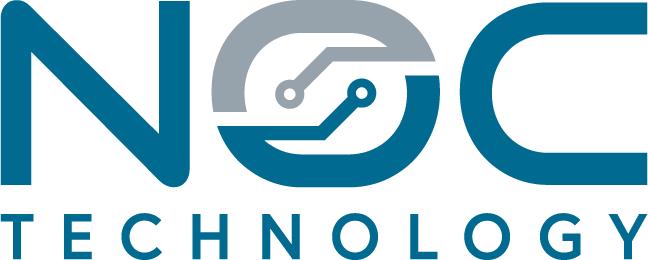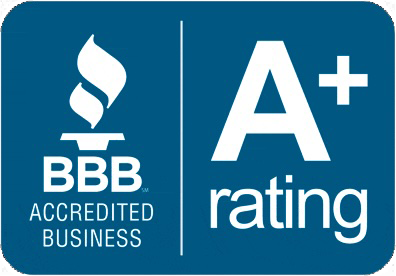How Outsourced IT Support Helps Small and Midsize Businesses
by Ted Stahl | NOC Technology
Gain a team of IT experts without the costs of hiring internally

Outsourcing IT support can be a cost-effective way for businesses to maintain and improve their IT systems. By outsourcing IT support, businesses can access a team of experienced IT professionals without hiring and training staff in-house. This can save companies money on recruitment, training, and salary expenses.
Outsourced IT support providers typically have a wide range of expertise and experience, so they can often provide more comprehensive and specialized support than in-house staff. This can be particularly beneficial for businesses that must keep up with the latest technology and security threats.
Additionally, outsourcing IT support can give businesses more flexibility in managing their IT systems. Outsourced IT support providers can offer different levels of support, from basic troubleshooting to more advanced management services. This allows businesses to choose the level of support that best suits their needs without committing to a full-time in-house team.
Another important aspect is that the business is offloading the burden of IT management and support by outsourcing. IT support staff can focus on their core competencies, leaving the specialized IT management to an experienced provider who will handle and monitor the network, security, and other IT functions.
Outsourcing IT support can also help businesses to respond more quickly to technical issues. When an IT problem arises, companies that outsource their IT support can contact their support provider and have the issue resolved rather than having to rely on in-house staff who may be unavailable or unable to solve the problem. This can help businesses to minimize downtime and maintain productivity.
Overall, outsourcing IT support can be an effective way for businesses to save money, access specialized expertise, and improve the management and performance of their IT systems.




